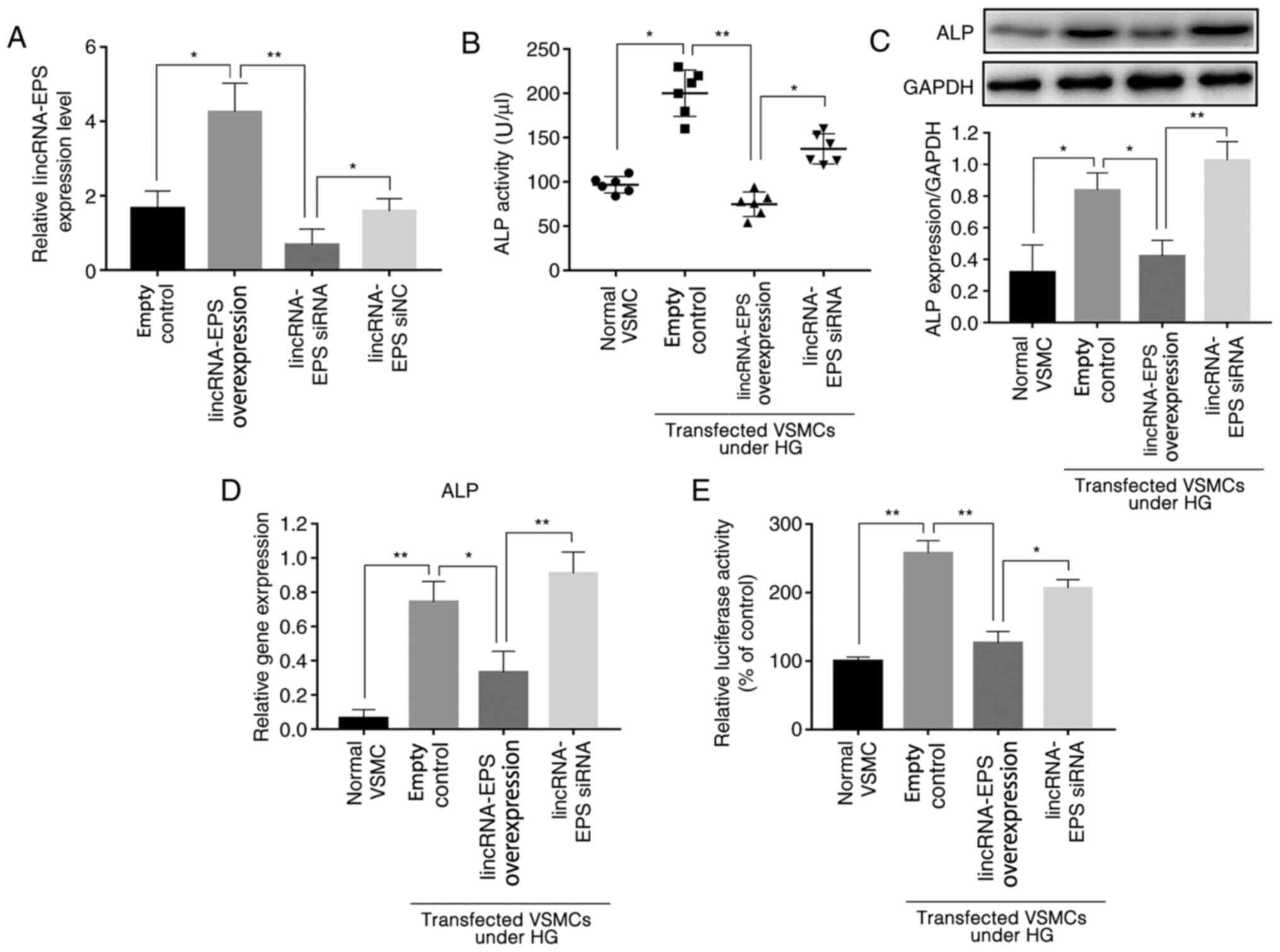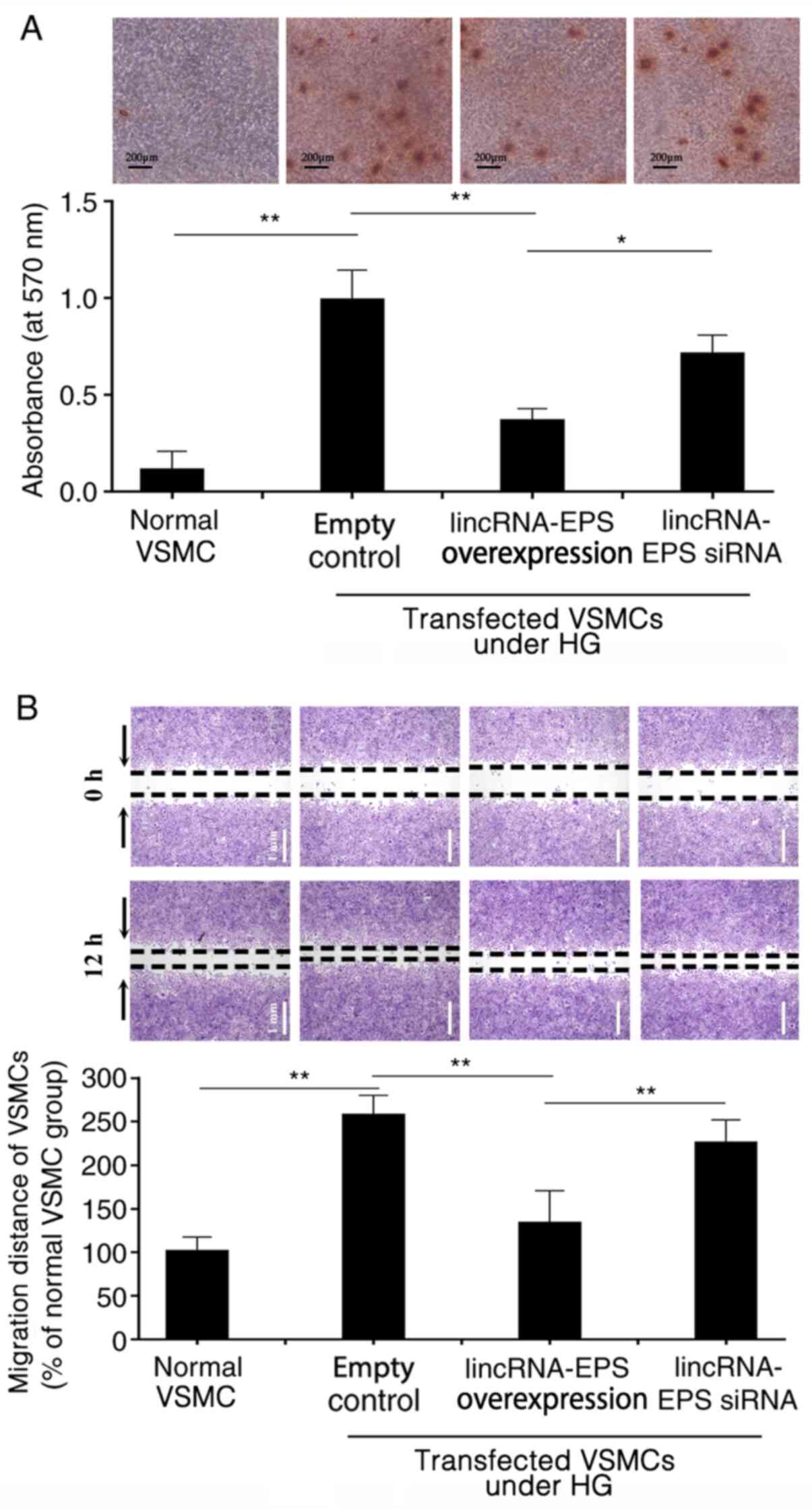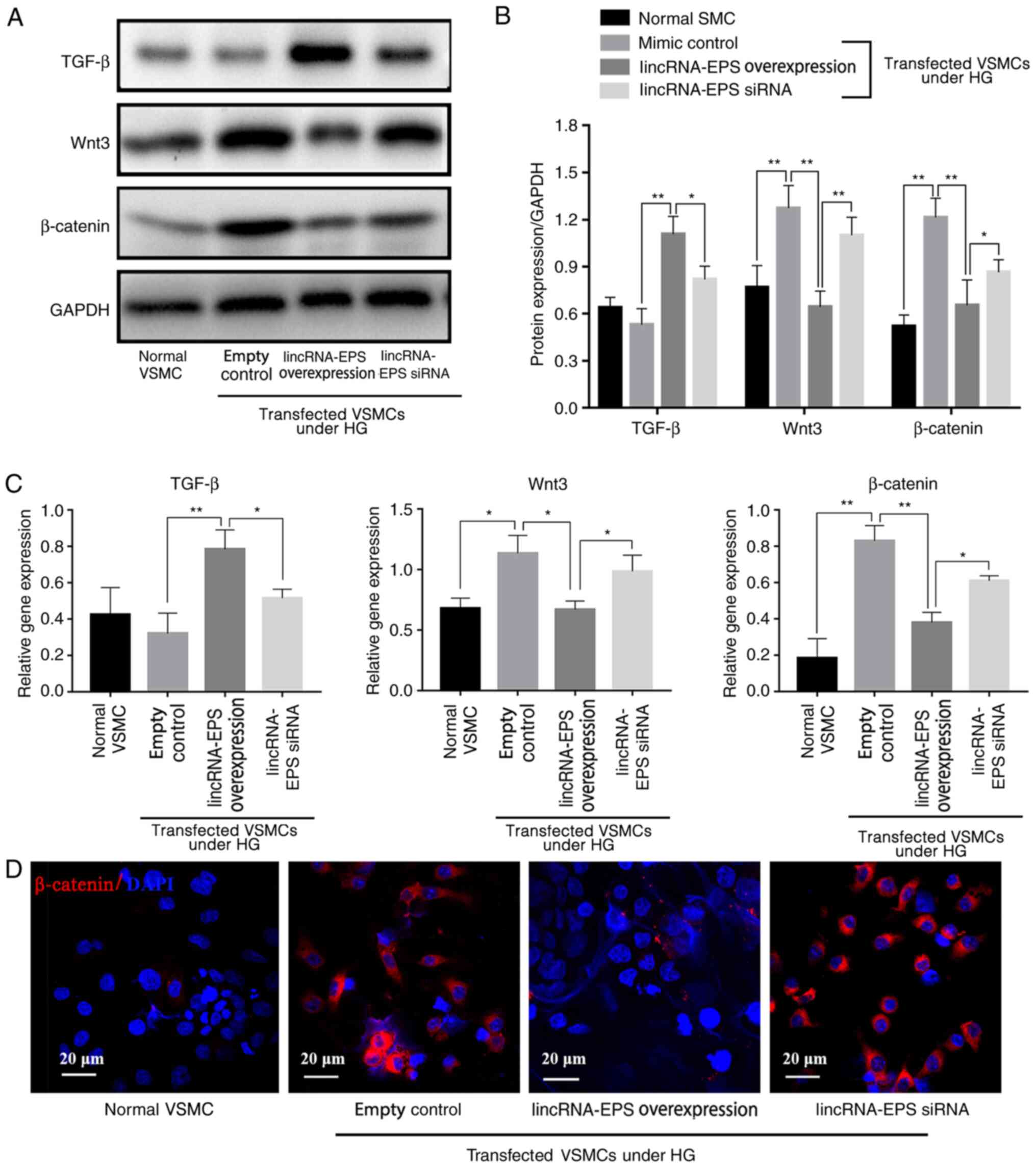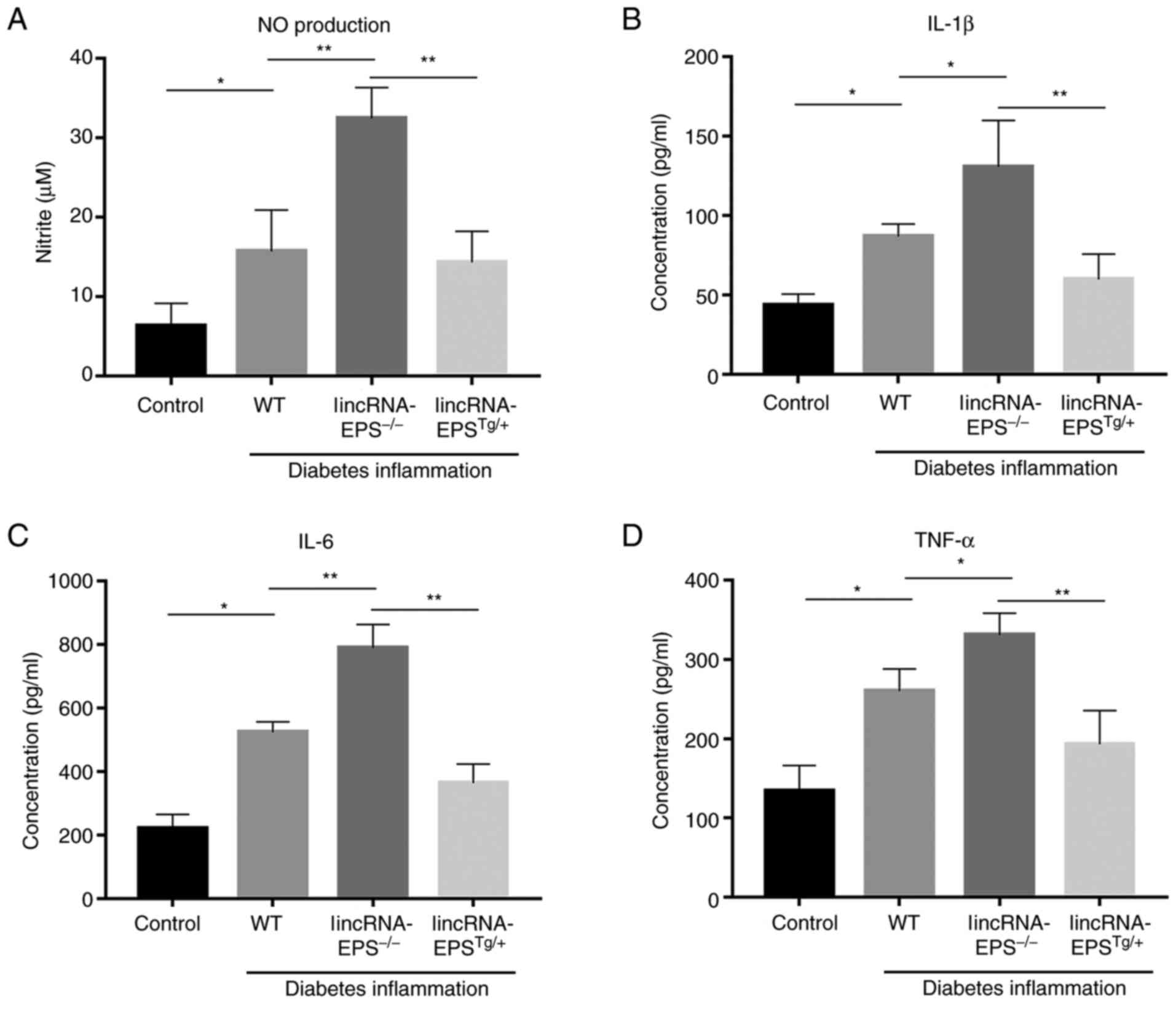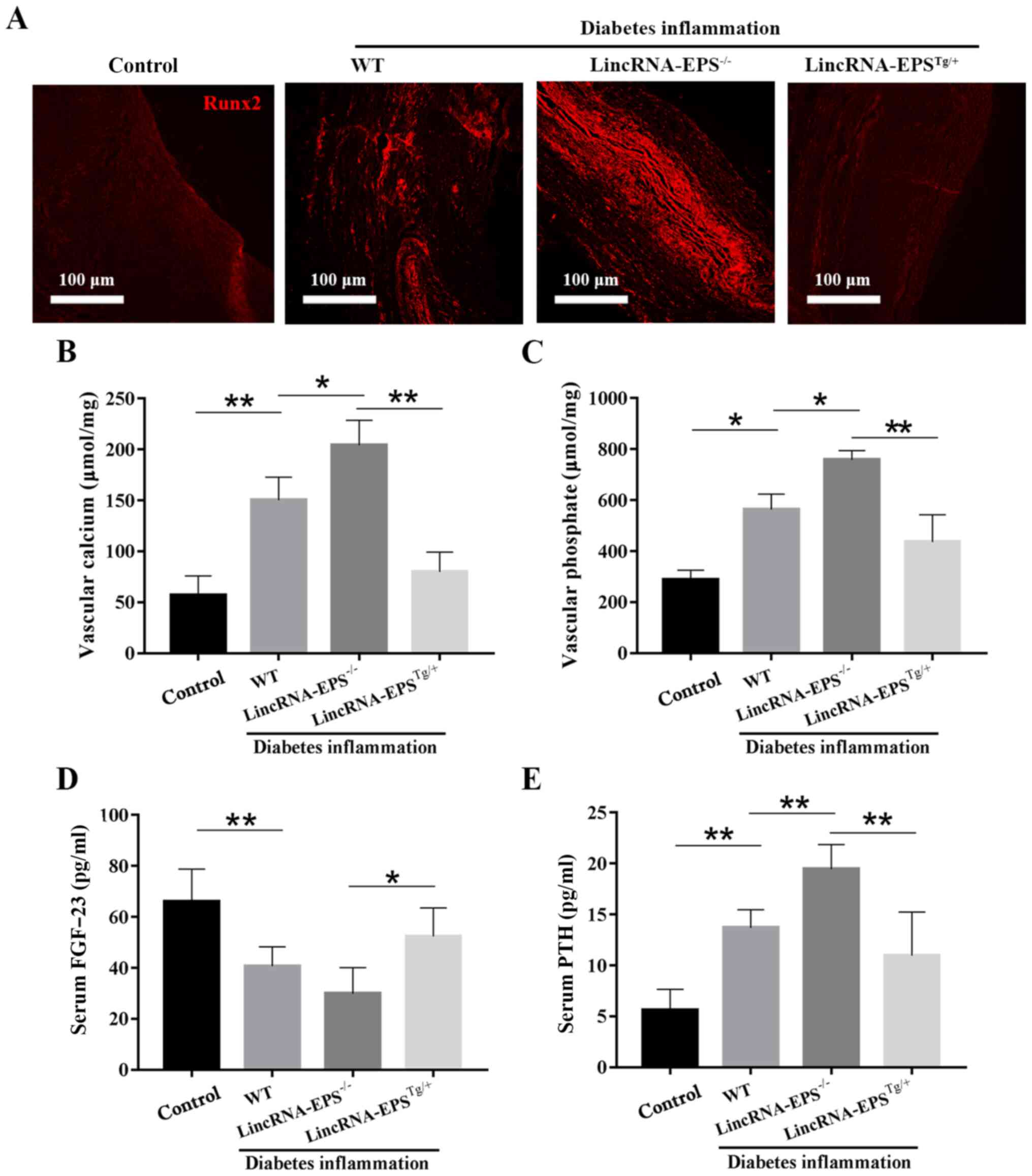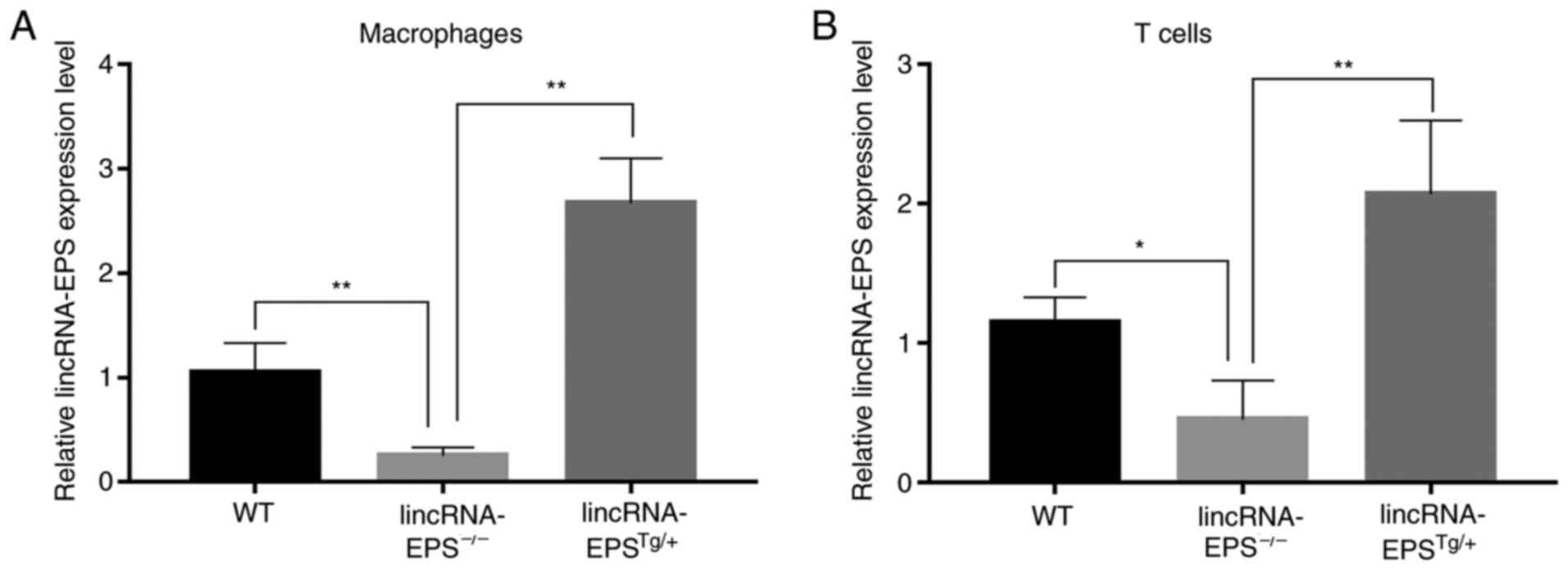|
1
|
American Diabetes Association. Diagnosis
and classification of diabetes mellitus. Diabetes Care. 36 (Suppl
1):S67–S74. 2013.PubMed/NCBI View Article : Google Scholar
|
|
2
|
Zhang C, Zhang K, Huang F, Feng W, Chen J,
Zhang H, Wang J, Luo P and Huang H: Exosomes, the message
transporters in vascular calcification. J Cell Mol Med.
22:4024–4033. 2018.PubMed/NCBI View Article : Google Scholar
|
|
3
|
Neuenschwander M, Ballon A, Weber KS,
Norat T, Aune D, Schwingshackl L and Schlesinger S: Role of diet in
type 2 diabetes incidence: Umbrella review of meta-analyses of
prospective observational studies. BMJ. 366(l2368)2019.PubMed/NCBI View Article : Google Scholar
|
|
4
|
Li XY, Li QM, Fang Q, Zha XQ, Pan LH and
Luo JP: Laminaria japonica polysaccharide inhibits vascular
calcification via preventing osteoblastic differentiation of
vascular smooth muscle cells. J Agric Food Chem. 66:1821–1827.
2018.PubMed/NCBI View Article : Google Scholar
|
|
5
|
Zhan JK, Wang YJ, Wang Y, Tang ZY, Tan P,
Huang W and Liu YS: The protective effect of GLP-1 analogue in
arterial calcification through attenuating osteoblastic
differentiation of human VSMCs. Int J Cardiol. 189:188–193.
2015.PubMed/NCBI View Article : Google Scholar
|
|
6
|
Pedersen BK: Anti-inflammatory effects of
exercise: Role in diabetes and cardiovascular disease. Eur J Clin
Invest. 47:600–611. 2017.PubMed/NCBI View Article : Google Scholar
|
|
7
|
Nagano A, Arioka M, Takahashi-Yanaga F,
Matsuzaki E and Sasaguri T: Celecoxib inhibits osteoblast
maturation by suppressing the expression of Wnt target genes. J
Pharmacol Sci. 133:18–24. 2017.PubMed/NCBI View Article : Google Scholar
|
|
8
|
Clevers H and Nusse R: Wnt/β-catenin
signaling and disease. Cell. 149:1192–1205. 2012.PubMed/NCBI View Article : Google Scholar
|
|
9
|
Ravi R, Noonan KA, Pham V, Bedi R,
Zhavoronkov A, Ozerov IV, Makarev E, V Artemov A, Wysocki PT, Mehra
R, et al: Bifunctional immune checkpoint-targeted antibody-ligand
traps that simultaneously disable TGFβ enhance the efficacy of
cancer immunotherapy. Nat Commun. 9(741)2018.PubMed/NCBI View Article : Google Scholar
|
|
10
|
Bierie B and Moses HL: Transforming growth
factor beta (TGF-beta) and inflammation in cancer. Cytokine Growth
Factor Rev. 21:49–59. 2010.PubMed/NCBI View Article : Google Scholar
|
|
11
|
Atianand MK, Hu W, Satpathy AT, Shen Y,
Ricci EP, Alvarez-Dominguez JR, Bhatta A, Schattgen SA, McGowan JD,
Blin J, et al: A long noncoding RNA lincRNA-EPS acts as a
transcriptional brake to restrain inflammation. Cell.
165:1672–1685. 2016.PubMed/NCBI View Article : Google Scholar
|
|
12
|
Ke Z, Lu J, Zhu J, Yang Z, Jin Z and Yuan
L: Down-regulation of lincRNA-EPS regulates apoptosis and autophagy
in BCG-infected RAW264.7 macrophages via JNK/MAPK signaling
pathway. Infect Genet Evol. 77(104077)2020.PubMed/NCBI View Article : Google Scholar
|
|
13
|
Heydemann A: An overview of murine high
fat diet as a model for type 2 diabetes mellitus. J Diabetes Res.
2016(2902351)2016.PubMed/NCBI View Article : Google Scholar
|
|
14
|
Azushima K, Gurley SB and Coffman TM:
Modelling diabetic nephropathy in mice. Nat Rev Nephrol. 14:48–56.
2018.PubMed/NCBI View Article : Google Scholar
|
|
15
|
Schwarz H, Zhang Y, Zhan C, Malm M, Field
R, Turner R, Sellick C, Varley P, Rockberg J and Chotteau V:
Small-scale bioreactor supports high density HEK293 cell perfusion
culture for the production of recombinant Erythropoietin. J
Biotechnol. 309:44–52. 2020.PubMed/NCBI View Article : Google Scholar
|
|
16
|
Sun X, Li W, Zhang X, Qi M, Zhang Z, Zhang
XE and Cui Z: In vivo targeting and imaging of atherosclerosis
using multifunctional virus-like particles of simian virus 40. Nano
Lett. 16:6164–6171. 2016.PubMed/NCBI View Article : Google Scholar
|
|
17
|
Grieger JC, Soltys SM and Samulski RJ:
Production of recombinant adeno-associated virus vectors using
suspension HEK293 cells and continuous harvest of vector from the
culture media for GMP FIX and FLT1 clinical vector. Mol Ther.
24:287–297. 2016.PubMed/NCBI View Article : Google Scholar
|
|
18
|
Chandler RJ, LaFave MC, Varshney GK,
Trivedi NS, Carrillo-Carrasco N, Senac JS, Wu W, Hoffmann V,
Elkahloun AG, Burgess SM and Venditti CP: Vector design influences
hepatic genotoxicity after adeno-associated virus gene therapy. J
Clin Invest. 125:870–880. 2015.PubMed/NCBI View
Article : Google Scholar
|
|
19
|
Wei J, Ran G, Wang X, Jiang N, Liang J,
Lin X, Ling C and Zhao B: Gene manipulation in liver ductal
organoids by optimized recombinant adeno-associated virus vectors.
J Biol Chem. 294:14096–14104. 2019.PubMed/NCBI View Article : Google Scholar
|
|
20
|
Li Y, Wan S, Liu G, Cai W, Huo D, Li G,
Yang M, Wang Y, Guan G, Ding N, et al: Netrin-1 promotes
inflammation resolution to achieve endothelialization of
small-diameter tissue engineering blood vessels by improving
endothelial progenitor cells function in situ. Adv Sci (Weinh).
4(1700278)2017.PubMed/NCBI View Article : Google Scholar
|
|
21
|
Jiao L, Zhuang Y, Jiang M, Zhou JH, Wu M,
Chen ZJ, Fang JH and Deng YS: Angiopoietin-like 2 has auxo-action
in atherosclerosis by promoting atherosclerotic calcification. Int
J Clin Exp Pathol. 10:9084–9091. 2017.PubMed/NCBI
|
|
22
|
Fang M, Wang CG, Zheng C, Luo J, Hou S,
Liu K and Li X: Mir-29b promotes human aortic valve interstitial
cell calcification via inhibiting TGF-β3 through activation of
wnt3/β-catenin/Smad3 signaling. J Cell Biochem. 119:5175–5185.
2018.PubMed/NCBI View Article : Google Scholar
|
|
23
|
Zhang B, Li Q, Jia S, Li F, Li Q and Li J:
LincRNA-EPS in biomimetic vesicles targeting cerebral infarction
promotes inflammatory resolution and neurogenesis. J Transl Med.
18(110)2020.PubMed/NCBI View Article : Google Scholar
|
|
24
|
Zou Y, Zhang Y, Church J and Liu X:
Comparison of β-catenin and LEF1 immunohistochemical stains in
desmoid-type fibromatosis and its selected mimickers, with
unexpected finding of LEF1 positivity in scars. Appl
Immunohistochem Mol Morphol. 26:648–653. 2018.PubMed/NCBI View Article : Google Scholar
|
|
25
|
Wang Q, Wang G, Wang B and Yang H:
Activation of TGR5 promotes osteoblastic cell differentiation and
mineralization. Biomed Pharmacother. 108:1797–1803. 2018.PubMed/NCBI View Article : Google Scholar
|
|
26
|
He J, Zhang N, Zhang J, Jiang B and Wu F:
Migration critically meditates osteoblastic differentiation of bone
mesenchymal stem cells through activating canonical Wnt signal
pathway. Colloids Surf B Biointerfaces. 171:205–213.
2018.PubMed/NCBI View Article : Google Scholar
|
|
27
|
Shioi A and Ikari Y: Plaque calcification
during atherosclerosis progression and regression. J Atheroscler
Thromb. 25:294–303. 2018.PubMed/NCBI View Article : Google Scholar
|
|
28
|
Chiarella E, Aloisio A, Scicchitano S,
Lucchino V, Montalcini Y, Galasso O, Greco M, Gasparini G, Mesuraca
M, Bond HM and Morrone G: ZNF521 represses osteoblastic
differentiation in human adipose-derived stem cells. Int J Mol Sci.
19(4095)2018.PubMed/NCBI View Article : Google Scholar
|
|
29
|
Liu Y, Lin F, Fu Y, Chen W, Liu W, Chi J,
Zhang X and Yin X: Cortistatin inhibits calcification of vascular
smooth muscle cells by depressing osteoblastic differentiation and
endoplasmic reticulum stress. Amino Acids. 48:2671–2681.
2016.PubMed/NCBI View Article : Google Scholar
|
|
30
|
Rong S, Zhao X, Jin X, Zhang Z, Chen L,
Zhu Y and Yuan W: Vascular calcification in chronic kidney disease
is induced by bone morphogenetic protein-2 via a mechanism
involving the Wnt/β-catenin pathway. Cell Physiol Biochem.
34:2049–2060. 2014.PubMed/NCBI View Article : Google Scholar
|
|
31
|
Nagashima M, Sakai A, Uchida S, Tanaka S,
Tanaka M and Nakamura T: Bisphosphonate (YM529) delays the repair
of cortical bone defect after drill-hole injury by reducing
terminal differentiation of osteoblasts in the mouse femur. Bone.
36:502–511. 2005.PubMed/NCBI View Article : Google Scholar
|
|
32
|
Rudijanto A: The role of vascular smooth
muscle cells on the pathogenesis of atherosclerosis. Acta Med
Indones. 39:86–93. 2007.PubMed/NCBI
|
|
33
|
Guzik TJ, Korbut R and Adamek-Guzik T:
Nitric oxide and superoxide in inflammation and immune regulation.
J Physiol Pharmacol. 54:469–487. 2003.PubMed/NCBI
|
|
34
|
Beck PL, Xavier R, Wong J, Ezedi I,
Mashimo H, Mizoguchi A, Mizoguchi E, Bhan AK and Podolsky DK:
Paradoxical roles of different nitric oxide synthase isoforms in
colonic injury. Am J Physiol Gastrointest Liver Physiol.
286:G137–G147. 2004.PubMed/NCBI View Article : Google Scholar
|
|
35
|
Niedbala W, Besnard AG, Nascimento DC,
Donate PB, Sonego F, Yip E, Guabiraba R, Chang HD, Fukada SY,
Salmond RJ, et al: Nitric oxide enhances Th9 cell differentiation
and airway inflammation. Nat Commun. 5(4575)2014.PubMed/NCBI View Article : Google Scholar
|
|
36
|
de Seigneux S and Martin PY: Phosphate and
FGF23 in the renoprotective benefit of RAAS inhibition. Pharmacol
Res. 106:87–91. 2016.PubMed/NCBI View Article : Google Scholar
|
|
37
|
Jüppner H: Phosphate and FGF-23. Kidney
Int Suppl. 79:S24–S27. 2011.PubMed/NCBI View Article : Google Scholar
|















